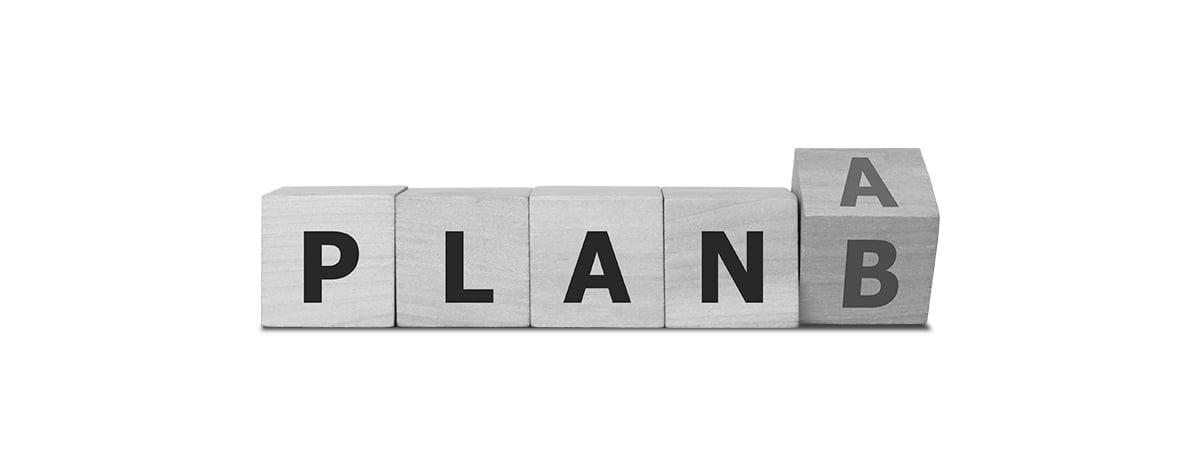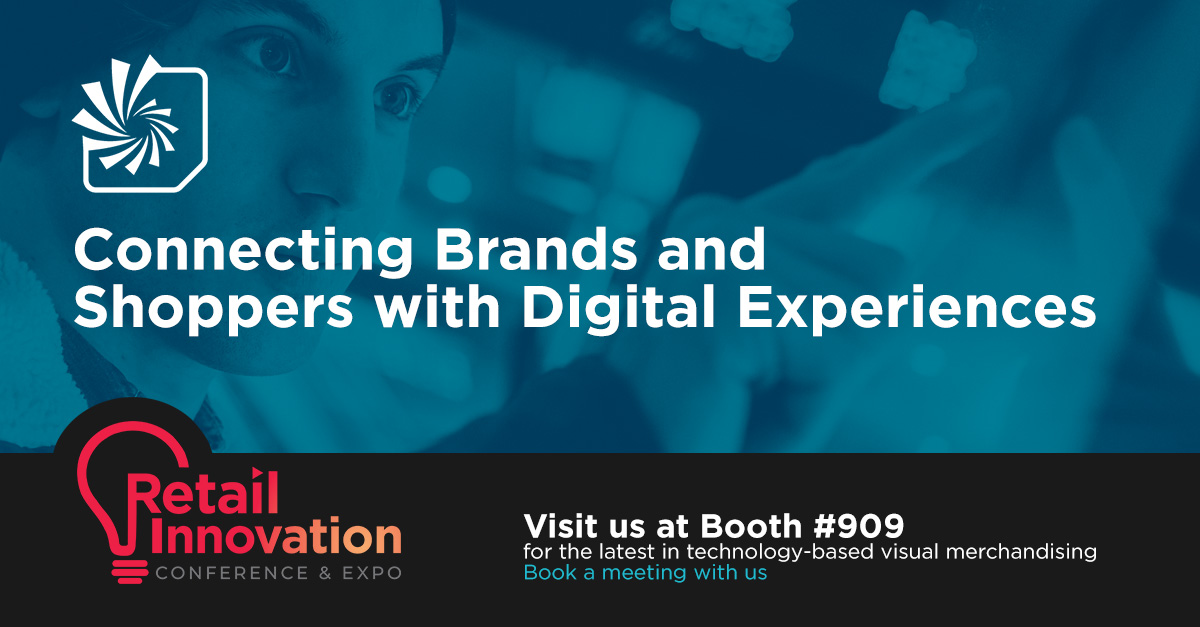Menu Magic: Unleashing the Power of Data for Dynamic Content
Digital signage has been a feature at quick service restaurants (QSRs) for years. When the first iterations of the technology were implemented in the early 2000s, results were immediate: people buy with their eyes, and digital signage offered a panoply of brightly displayed menu options that spoke directly to their appetites.
For the majority of QSRs, the drive-thru experience (where digital signage makes a significant contribution) rakes in a significant portion of revenue. According to a survey published by QSR magazine, prior to 2020, drive-thrus accounted for 70% of revenue for the majority of restaurants that used them; during the pandemic, drive-thru visits increased by 26%. Consumer dining habits have changed fundamentally post the COVID-19 pandemic, with an RMS November 2021 survey revealing that of 800 restaurant consumers, nearly 80% of respondents said they went to a drive-thru at least once per week. Part of this is because of an increased prioritization speed and convenience, and part of it is because of the power of data-backed digital signage strategies which enable a fast and convenient experience.
Although digital signage has been around for a while, it’s now
a central element of restaurant marketing and operations strategy. We’ll explore what makes digital signage effective within the restaurant ecosystem and why everything ultimately comes down to your data and how you use it to engage with your customer base and their evolving appetites.
Digital signage impact on the QSR industry
Digital signage represents the evolution of traditional static signs. These dynamic multimedia displays utilize an array of display technologies to deliver a wide range of content, from eye-catching visuals to interactive experiences. Unlike static signs, digital signage software allows for real-time updates and customization, transforming menu boards into an agile business tool and profit driver.
Numerous studies have demonstrated the benefits associated with digital signage: it reduces perceived wait times by 35%, realizes sales increases by up to 65% on targeted items, incites unplanned purchases in 8 of 10 viewers, and generates 5 times more viewers than static content.
Digital signage has been used to great success in many well-known QSRs. For example, McDonald’s has totally replaced its static menu boards with digital displays. These digital menu boards can instantly update prices, showcase high-quality images of food items, and even customize content based on the time of day or regional preferences. During the morning time, the displays may promote breakfast items, while in the evening, they switch to dinner options.
Some restaurant brands like Panera Bread, have integrated interactive ordering kiosks into their digital signage strategy. Customers can browse the menu, customize their orders, and pay directly through these touchscreen displays. This reduces wait times, resulting in improved customer satisfaction. Many Starbucks locations have leveraged digital displays at their drive-thru windows, displaying personalized messages, promotions, and order confirmations. This not only creates a more engaging guest experience but also encourages upselling by incorporating suggestive selling techniques into the digital display, showcasing popular or high-margin items prominently on the display, and/or suggesting pairings and customization options.
Other restaurants utilize digital signage to enhance the interior design and environment ambiance. Video walls, animated art installations, and live content streaming can create a unique and memorable dining atmosphere. For instance, the Rainforest Cafe uses digital displays to simulate thunderstorms, waterfalls, and exotic landscapes, elevating the overall dining experience.
6 pillars to effective digital signage at QSRs
To harness the full potential of digital signage, understanding the purposes behind it, as well as the target audience for each piece of content, is paramount. Every piece of content should have a purpose and clearly defined metrics built upon the unique goals of a business and the characteristics of its customers.
Here are a few strategies to consider:
● Clarify the digital signage objectives: The content you create will vary depending on what you hope to achieve. For some QSRs, the objective might be to welcome new customers and introduce the brand. For others, it might be to increase sales of promoted items. Regardless, the objective must first be identified to create the content and program the technology to enable it.
● Have a playlist strategy that aligns with objectives: The type of content, length, and frequency of its display will vary widely depending on what your business goals are and who your target audience is. Creating the proper content playlist requires identifying what each piece is meant to achieve. Aligning the content with the brand's values, promotional offers, or seasonal campaigns ensures consistency and reinforces brand identity. For example, a health-focused QSR might feature content highlighting nutritional benefits or exercise tips. Or, consider an example where a burger chain wants to increase sales of their vegetarian options. Their digital signage strategy would involve creating playlists featuring visually appealing images and compelling descriptions of these items during peak lunch and dinner hours, coupled with customer testimonials and limited-time offers. This tailored approach can effectively align with the business objective of boosting vegetarian menu sales and ultimately drive revenue growth.
● Leverage demographic research: access or invest in research on your customer base, including age, gender, income, and other technology preferences. This data can inform how communications and technology come together to inspire action
● Eye tracking: your POS data can be combined with eye tracking insight to inform how and where menu items should be laid out on a board to maximize visibility and exposure of key items that might get overlooked
● Be aware of location-based content: Consider the physical location of your displays. For example, a digital sign in a drive-thru needs to consider the navigation and ordering needs of drivers approaching in motion, which would clearly differ from an ordering experience at the food court, where browsing and dwell time is longer.
● Be diligent in collecting feedback and running analytics: Continuously collect and analyze data on the effectiveness of your digital signage. Track engagement, conversion rates, and customer feedback to refine your strategy over time.
The role of data in supercharging digital menu boards
Digital menu boards in restaurants offer an undeniable return on investment (ROI) by enhancing customer experience, driving sales, and optimizing operational efficiency. Firstly, they captivate customers with visually appealing displays, showcasing enticing food imagery and promotions. This engagement can lead to increased order values as customers are more likely to select higher-margin items or add-ons. For instance, a study by Nielsen found that dynamic digital displays can boost sales by up to 33%.
The adaptability provided by digital menus and signage can help restaurants showcase special items, seasonal offers, or even shift strategies during slow periods. By tailoring content to customer preferences and buying patterns, digital menus can encourage impulse purchases and customer loyalty.
Furthermore, these boards streamline the ordering process and reduce perceived wait times, ultimately enhancing operational efficiency. Major fast-food chains have reported faster order processing and improved customer flow due to digital menu implementations. This efficiency positively impacts customer satisfaction and can encourage repeat visits.
Data is the lifeblood of a successful digital signage strategy. From content creation to audience targeting, data plays a pivotal role at every stage of the process.
● Content creation: Data can inform the type of content that resonates with your audience. Analyzing customer preferences and behavior can guide your design and message choices.
● Personalization: Utilize data to personalize content. Digital signage can display product recommendations based on a customer's purchase history, which makes customers feel that their preferences matter.
● Real-time updates: Timely data allows for real-time updates. If a restaurant runs out of a particular menu item, digital signage can quickly remove it from the display to avoid customer disappointment.
● Performance analytics: Gather data on how well your digital signage is performing. Measure engagement, conversion rates, and ROI. This data-driven approach enables you to make informed decisions and optimize your strategy.
But it’s not simply enough to have the data: it’s having precise data that’s important. Precision in data leads to precision in engagement. The accuracy and relevance of your data are paramount. The more precise your data, the better you can meet your customers where they are.
With precise data, you can better and more automatically manage key facets of operation like out-of-stocks, more effectively drive LTOs, and execute other menu design strategies that help move customers through the queue more quickly, yielding high order satisfaction scores. Accurate POS data provides information on pricing dynamics and customer spending patterns. QSRs can analyze this data to set appropriate prices for their menu items. Strategic pricing, based on accurate POS insights, can attract customers and optimize revenue by finding the right balance between profit margins and affordability. POS data also helps QSRs forecast demand for different menu items accurately. This forecasting is crucial for efficient inventory management, ensuring that QSRs have the right amount of ingredients on hand to meet customer demand while minimizing waste. This, in turn, helps control costs and maximize profits.
The signs of the times: digital signage is here to stay
Remember, the more accurate your data, the better you can tailor your message, ensuring your customers receive the right content at the right time, ultimately leading to increased brand visibility and customer loyalty. Embrace the digital signage revolution and watch your marketing strategy transform into a powerful driver of success.
Digital signage is no longer a novelty, but a dynamic tool that can revolutionize a company’s operation and marketing strategy and its impact on customers. Through education on the available software and display technologies, clear content objectives, defined audience profile[s], and harnessing the power of data, you can create a digital signage strategy that captivates your audience and drives business growth.
Share this
You May Also Like
These Related Stories

Our Approach to Data-Driven Design

How Digital is Re-Inspiring the Convenience Store — and Redefining Convenience (Again)


